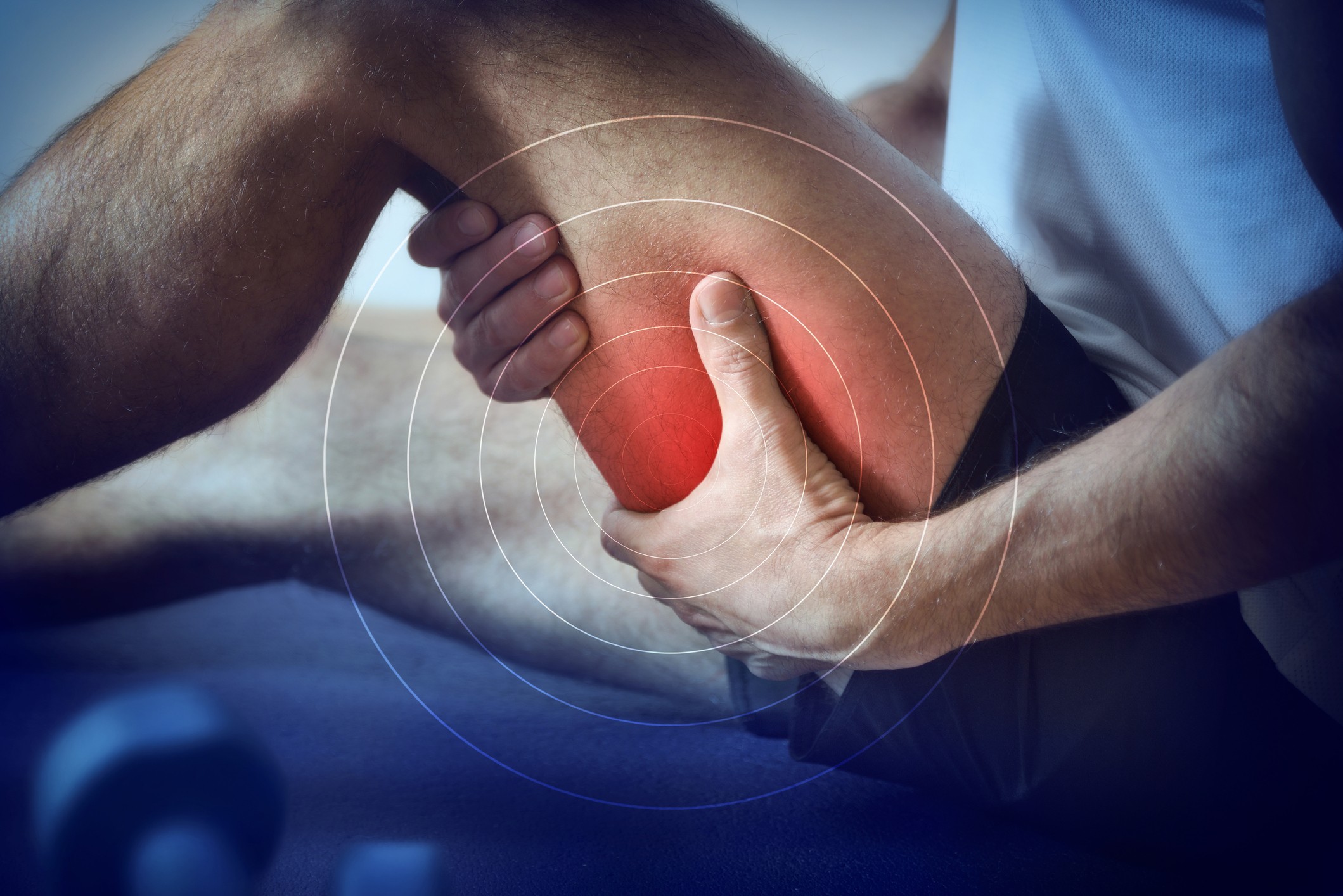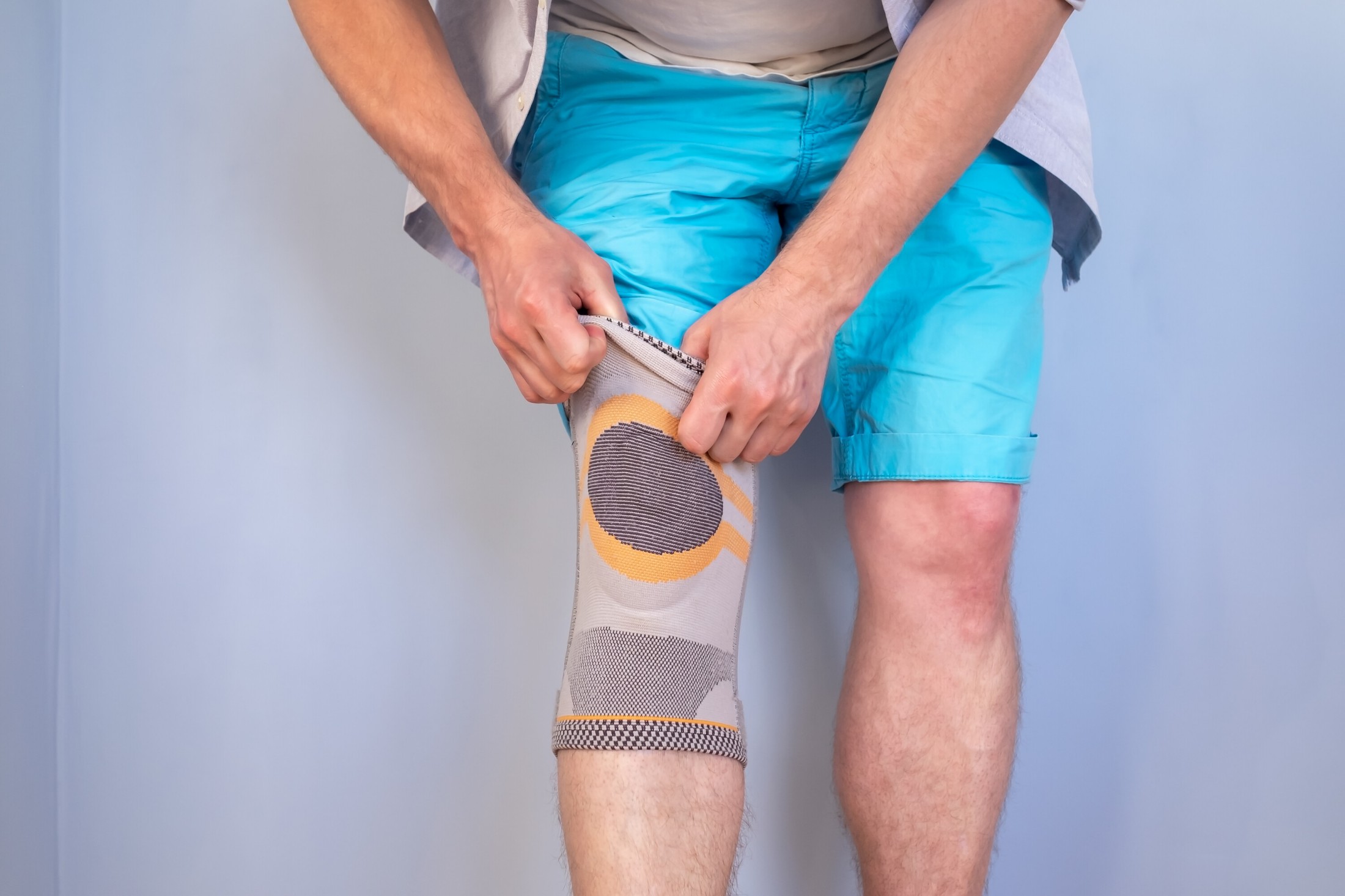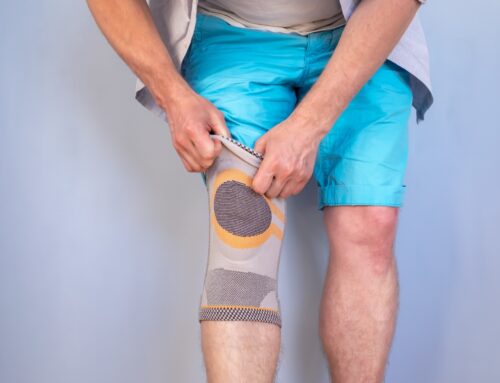Lymphedema swelling can impact daily life, but with proper treatment strategies, symptoms can often be managed effectively and safely. This chronic condition occurs when the lymphatic system is unable to properly drain lymph fluid, leading to a buildup that causes visible swelling—most commonly in the arms or legs. Lymphedema may develop after cancer treatments such as lymph node removal or radiation, but it can also result from infections, trauma, or congenital issues affecting lymphatic function.
While there is currently no cure for lymphedema, early and consistent management can greatly reduce discomfort, lower the risk of complications, and prevent the condition from progressing. Treatment focuses on reducing fluid buildup, improving circulation, and maintaining skin health. This article explores non-surgical and supportive treatment options that can help individuals live more comfortably with lymphedema swelling.
What Causes Lymphedema Swelling?
Lymphedema is the result of a compromised lymphatic system, which is responsible for transporting lymph fluid and supporting the body’s immune function. When this system becomes damaged or underdeveloped, lymph fluid can accumulate in the soft tissues, leading to persistent and sometimes painful swelling—most often in the limbs.
Primary vs. Secondary Lymphedema
Primary lymphedema is less common and typically caused by a congenital or hereditary condition that affects the development of the lymphatic vessels. It may be present at birth or develop later in life, often during puberty or adulthood, without any clear triggering event.
Secondary lymphedema is more common and results from damage to the lymphatic system. It can occur after:
- Cancer treatments, especially surgeries involving lymph node removal or radiation therapy
- Surgical procedures that affect lymphatic drainage
- Infections, particularly those involving the lymph nodes or lymph vessels
- Trauma or injury to the lymphatic system
In many cases, the swelling may not appear immediately after the triggering event. Symptoms can develop gradually over time, especially if the affected area continues to be stressed or left untreated.
How Lymphedema Affects the Lymphatic System
The lymphatic system moves fluid through the body and filtering out waste, bacteria, and other harmful substances. When lymph vessels are blocked, damaged, or underdeveloped, they are unable to drain fluid effectively. This leads to a buildup of protein-rich lymph fluid in the tissues, resulting in chronic swelling, commonly referred to as lymphedema swelling.
If left unmanaged, the condition can progress, causing:
- Thickening of the skin (fibrosis)
- Reduced range of motion
- Discomfort or heaviness in the affected limb
- Increased risk of infections such as cellulitis
Early treatment is important to minimize these complications. With prompt care, individuals can slow or stop the progression of swelling and maintain mobility.
Non-Surgical Treatment Options for Lymphedema Swelling
Managing lymphedema swelling effectively often requires a combination of non-surgical therapies aimed at improving lymphatic drainage, reducing fluid retention, and maintaining skin health. These treatments can significantly reduce discomfort, prevent progression, and enhance quality of life for individuals living with lymphedema. While treatment plans should always be tailored to the individual, the following conservative strategies form the foundation of lymphedema care.
Compression Therapy
Compression therapy is one of the most widely recommended treatments for lymphedema swelling. It involves the use of medical-grade compression garments, such as sleeves, stockings, or multi-layer wraps, that apply controlled pressure to the affected limb. This pressure encourages lymph fluid to move through the lymphatic vessels, helping reduce accumulation in the tissues.
Benefits include:
- Improved circulation and lymphatic flow
- Reduction in fluid buildup and limb circumference
- Decreased heaviness and discomfort
Proper fit is necessary for compression to be effective and safe. Garments should be fitted by a trained professional, such as a certified compression fitter or lymphedema therapist. They should be worn during the day, particularly during periods of activity, and removed at night unless otherwise directed by a healthcare provider.
Manual Lymphatic Drainage (MLD)
Manual Lymphatic Drainage is a gentle, specialized massage technique that stimulates lymph flow through light, rhythmic movements. MLD targets superficial lymph vessels, helping to guide excess fluid away from swollen areas toward functioning lymph nodes.
Performed by:
- Certified lymphedema therapists or specially trained physiotherapists
- Often included as part of a broader treatment plan like Complete Decongestive Therapy (CDT)
MLD is recommended when:
- Swelling is persistent and not fully managed by compression alone
- The patient is in the early or moderate stages of lymphedema
- Used in conjunction with compression and exercise for optimal results
MLD should not be used if there is an active infection (e.g., cellulitis), congestive heart failure, or certain vascular conditions. It’s important to consult with a healthcare provider before beginning treatment.
Therapeutic Exercise
Physical activity helps with managing lymphedema. Low-impact, controlled movement helps stimulate muscle contractions, which in turn assist with lymph fluid circulation. Regular exercise can also improve joint mobility, reduce stiffness, and enhance overall strength and endurance.
Recommended exercises include:
- Walking at a steady pace
- Gentle yoga or stretching routines
- Light resistance training with supervision
Consistency is important. Short, daily sessions are more beneficial than sporadic high-intensity workouts. It’s also important to wear compression garments during exercise and to avoid overexertion, which can increase swelling.
Skincare and Infection Prevention
Proper skincare is important for people with lymphedema, as the skin in swollen areas is more prone to breakdown and infection. Even minor cuts or cracks can allow bacteria to enter, leading to complications such as cellulitis—a serious bacterial infection that can worsen lymphedema swelling.
Basic lymphedema skincare tips:
- Cleanse the skin daily with mild soap and lukewarm water
- Keep skin moisturized to prevent dryness and cracking
- Protect the affected limb from cuts, burns, or insect bites
- Avoid tight clothing, jewelry, or restrictive accessories on the swollen area
- Check for signs of redness, warmth, or tenderness, and seek medical attention promptly if these occur
Advanced or Supportive Therapies
While many cases of lymphedema swelling can be managed with basic non-surgical treatments, some individuals—especially those with moderate to severe symptoms—may benefit from more advanced or supportive therapies. These methods are often used in conjunction with core treatments like compression and exercise to provide more comprehensive symptom control and long-term management.
Pneumatic Compression Devices
Pneumatic compression devices (PCDs) are motorized sleeves or garments that use air pressure to rhythmically inflate and deflate, gently massaging the limb and encouraging lymphatic fluid to move out of swollen areas. These devices can be especially useful for individuals who have difficulty with mobility or whose swelling is not fully controlled by standard compression garments alone.
Who may benefit:
- Individuals with persistent or hard-to-manage swelling
- Patients with limited access to manual lymphatic drainage (MLD) therapy
- Those needing additional support alongside other lymphedema treatments
At-home vs. clinical use:
- At-home PCDs are available by prescription and allow patients to incorporate therapy into their daily routines.
- Clinical-use PCDs may offer more precise or intensive treatments, often under the supervision of a healthcare provider.
PCDs should be used as part of a broader treatment plan, not as a stand-alone therapy. It’s essential to be properly evaluated by a lymphedema specialist to ensure the device is safe and appropriate for your specific needs.
Complete Decongestive Therapy (CDT)
Complete Decongestive Therapy (CDT) is considered the gold standard for treating more advanced lymphedema. It is a comprehensive, multi-faceted approach that combines several therapies to effectively reduce swelling, improve lymphatic flow, and maintain long-term results.
CDT includes:
- Compression therapy (bandaging and garments)
- Manual lymphatic drainage (MLD)
- Therapeutic exercise tailored to the individual’s condition
- Meticulous skincare to prevent infection and protect the skin
CDT is typically administered by a certified lymphedema therapist over several sessions, especially during the intensive (decongestive) phase, followed by a maintenance phase where patients continue care independently at home.
Recommended for:
- Moderate to severe lymphedema cases
- Individuals who have not responded to basic treatments
- Patients at high risk for complications such as fibrosis or recurring infections
This therapy requires commitment and consistency but is highly effective in restoring mobility, reducing limb size, and enhancing quality of life for individuals living with chronic lymphedema swelling.
When to Seek Professional Help
While many individuals can manage lymphedema swelling at home with consistent care, there are times when medical input is necessary. Recognizing the signs that your condition requires professional evaluation can help prevent complications and ensure the most effective treatment.
Signs that may indicate worsening or uncontrolled swelling include:
- Sudden or significant increase in limb size
- Persistent pain, heaviness, or tightness
- Redness, warmth, or skin changes
- Recurrent infections, such as cellulitis
- Decreased range of motion or difficulty using the affected limb
If you’re experiencing any of these symptoms, it’s important to speak with a qualified lymphedema specialist who can assess your condition and recommend appropriate next steps. At Care-Med, our team includes certified professionals trained in lymphedema management, including treatment options such as compression therapy and personalized support strategies.
Proper use of compression garments is essential for managing swelling safely and effectively. As a certified compression garment fitter, Care-Med ensures each sleeve, stocking, or wrap is accurately measured and fitted to provide the optimal level of pressure—without compromising comfort or circulation.
Your Lymphedema Treatment Plan
Managing lymphedema swelling doesn’t have to be overwhelming. With the right combination of education, support, and tools, most individuals can maintain comfort, prevent progression, and enjoy greater confidence in daily life. The key is staying consistent—applying the treatments that work for you, being proactive about skincare, and recognizing when to seek help.
At Care-Med.ca, we offer a range of compression garments, custom fittings, and therapeutic solutions to support your lymphedema care plan. Whether you’re looking for properly fitted sleeves, compression socks, or need guidance on where to start, our team is here to help. Contact Care-Med to book a professional fitting of compression garments for lymphedema swelling.
Share This Story, Choose Your Platform!
Table of Contents
We specialize in orthotics, body braces, and compression wear tailored to your unique needs in Toronto. Reach out to us at info@caremed.care or call 416-782-5353 to book your fitting and consultation.
Experience the difference of customized solutions designed just for you.











